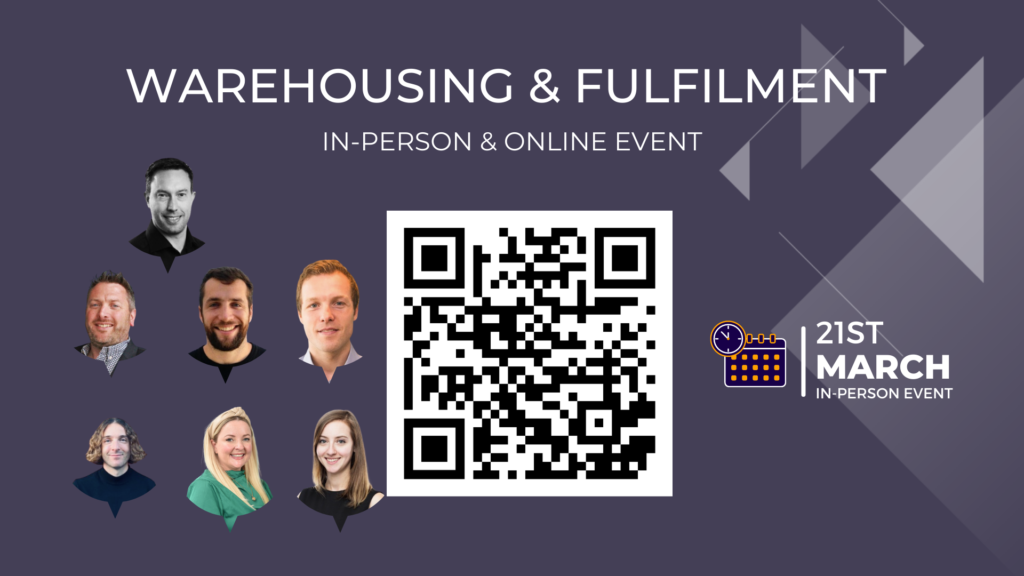Following his presentation on 3D printing in the field at the International Armoured Vehicles event at Twickenham stadium in January 2023, Markforged’s President EMEA, Martin Krona explores how the technology can help streamline logistics, circumvent supply chain challenges and enable creative problem solving in the defence industry.

Planning and logistics win wars
Logistically speaking, there are many similarities between defence and commercial requirements when it comes to developing and sourcing parts needed on the factory floor or in the field.
To streamline production and increase success, both sectors need to circumvent supply chain delays and reduce lead times wherever possible. The main difference, however, is that in military settings these delays can actually cost lives.
Deployments can’t be waiting weeks or months for parts and tools worn down by harsh environments and the luxury of storage space to keep an inventory of spare parts on site is not an option. Here is where connected 3D printing really comes into its own. Headquarters can simply send the design file of the required part via the secure cloud connection from their printer to the ruggedised version in the field and the unit can print it onsite for use on the battlefield to repair or replace in a matter of hours.
3D printing at the point of need can cut lead times and enable digital inventory – saving thousands on storage costs and making field operations more mobile and agile without the need to stockpile spare parts and tools.

Preparing for combat – on-the-fly parts in training simulations
Based at Cannon Air Force Base in New Mexico, USA the 27th Special Operations Support Squadron (27 SOSS) supports deployment, employment, planning, and combat training for specific squadrons and other flying operations. They have experienced the benefits of 3D printing first hand, using it to save time – and money – to replace parts used in demanding combat training scenarios on-the-fly. A vast amount of equipment is needed to make each training scenario a reality, including Night Vision Goggles (NVG) held in place by mounts affixed to airmens’ tactical helmets. Unfortunately, NVG mounts are vulnerable to damage due to user error and impact. A single replacement mount can range from $100 to several hundred dollars with a shipping time of a few weeks or more.
27 SOSS Range Planning and Operations Specialist, Lejay Colborn realised he could solve this issue with the unit’s Markforged industrial X7 3D printer. The team used the CAD file to 3D print replacement mounts with built-in spacers to accommodate multiple helmets for less than $5 in just a few hours. According to Colborn, his 3D printed NVG mounts are “just as strong as the commercial, off-the-shelf aluminium ones.”
Real-time problem solving in the field
Whether in training simulations or the heat of battle, things can and will go wrong. Swift action is required when something breaks or modifications are needed in the field, and access to 3D printing technology empowers units to solve problems in real time.
Logisticians, officers and soldiers alike can spot issues that hinder movement, agility or performance of equipment in the field. Combining their creative problem solving skills with the technology, they can develop, design and print a simple solution on the go, as evidenced in this video of a Dutch military deployment in Mali. By recognising the need for a safer, simpler and more secure way to attach the rifle to the vehicle, the soldier was able to make his simple design sketch into a fit-for-purpose part in less than a day.
In addition to customising and creating new designs, 3D printing can also help resurrect legacy parts. With the help of a 3D scanner, field units can reverse engineer old or obsolete parts that need replacing by creating a file of the scan and sending it to the printer to create a new one.
3D printing and additive technology has come a long way since it was first used in the defence industry. It’s material strength, accuracy, reliability and connectivity now make it a vital tool used by military and defence organisations around the world.
The future is Distributed (additive) Manufacturing
3D printing at the point of need is not just about the printer. It relies on the software, material and hardware working together (defined as a platform ‘Digital Forge’ by Markforged). The secure connection also enables machine learning, allowing a fleet of printers to learn with each part they print, helping to ensure the repeatability required by military standards so that each part is printed to spec each time, whether it’s printed at HQ or in a remote deployment.
In addition to its applications on the battlefield, it is this connectivity that helps to power wider distributed manufacturing initiatives like Project DIAMOnD, which stands for Distributed, Independent, Agile, Manufacturing On-Demand. Born in the pandemic, backed up by the US Government, the initiative was created by Automation Alley, Michigan USA’s Industry 4.0 knowledge centre. 300 small manufacturers in the state received 3D printers free of charge as part of an agreement that they are ready to print personal protective equipment (PPE) when called upon to do so. In the meantime, they are able to use the printers as they wish – for creating parts critical to serving and growing their manufacturing operations.


